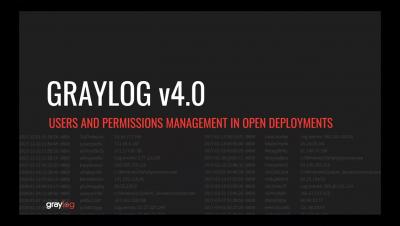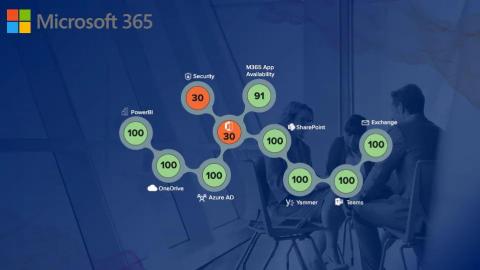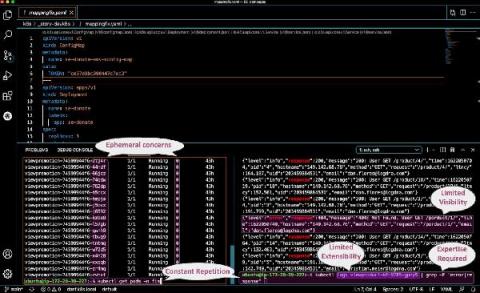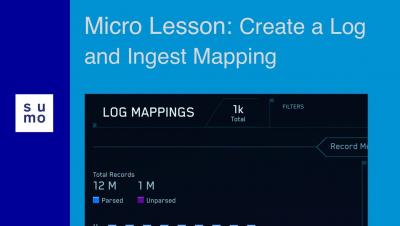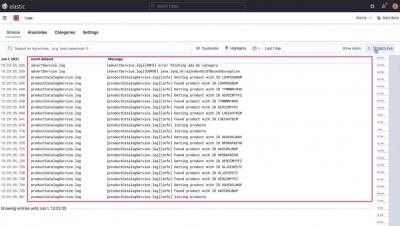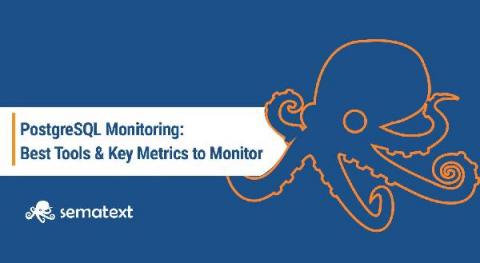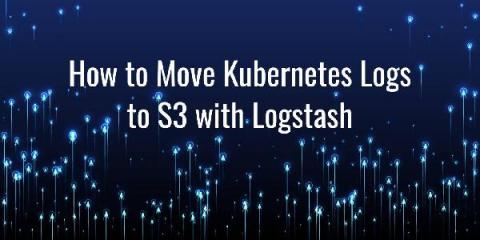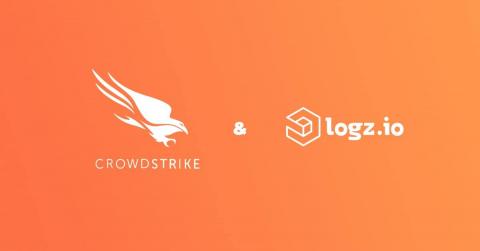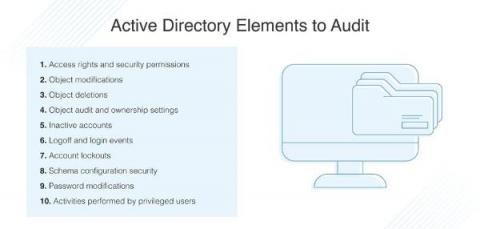Intro to AIOps: Leveraging AI and Machine Learning in DevOps
AIOps is a DevOps strategy that brings the power of machine learning to bear on observability and system management. It’s not surprising that an increasing number of companies are now adopting this approach. AIOps first came onto the scene in 2015 (coincidentally the same year as Coralogix) and has been gaining momentum for the past half-decade. In this post, we’ll talk about what AIOps is, and why a business might want to use it for their log analytics.



